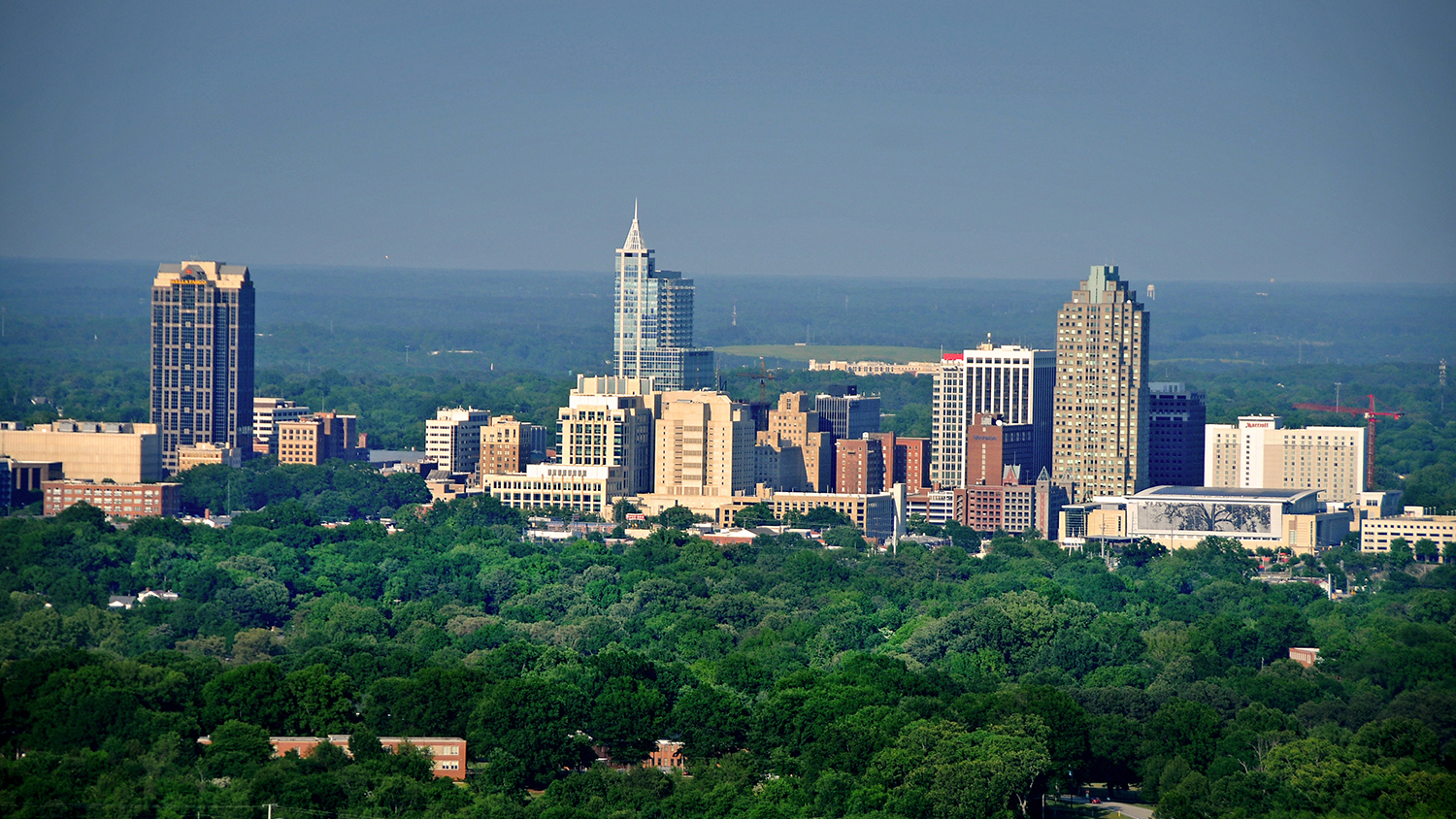You Decide: How Will A Higher Minimum Wage Affect Workers?

By Dr. Mike Walden
There is a proposal in Washington to more than double the minimum wage to $15 an hour. The increase would be phased in over several years. Supporters say the increase is far overdue, as the last time the minimum wage was raised occurred in 2009. Plus, advocates ask how anyone paid the current minimum wage of $7.25 an hour can survive with today’s prices.
Hence, it can be easy to be behind raising the minimum wage if it means low-income workers will earn more. However, will the impacts stop here? Could there be some adverse consequences of mandating a higher minimum wage that could come back to hurt the very individuals the higher wage is designed to help?
This is a question that economists have long examined for the more than eighty years the minimum wage has been in existence. There are several worries about a higher minimum wage. Will employers reduce the number of minimum wage workers employed? Or if the workers are kept, will employers cut their hours worked? Maybe over time, employers will only hire higher-skilled workers who – the employers judge – justify the higher pay.
Also, will a higher minimum wage encourage employers to move away from using people to perform tasks to using technology and machines? This last possibility has become more of a concern with the rapid advancements in the capabilities of technology and machinery. Indeed, many experts think these advances will accelerate in the post-Covid-19 economy.
Let me relate a personal story to illustrate some of these issues. When I turned 16 I took a job at a fast-food restaurant and was paid the prevailing minimum wage of $1.00 an hour. The hours didn’t conflict with my high school education, and I was proud to be earning my own money. I also made some great friends and learned how to work with others and handle crises. When a regular customer ordered 50 hamburgers for a party to start in an hour, we worked really, really fast.
After breaking me in on the fryer and then a stint on the grill, the owner-manager moved me to the counter for taking orders after he discovered I was good at quickly adding numbers. In those days, the cash register did not add prices. Counter workers did the additions on customers’ bags, and I rarely made a mistake.
After about a year a friend tipped me off to a job in a furniture warehouse. Initially I wasn’t interested because I’d be working mostly alone, and the hours weren’t as good for my academic schedule. But then I heard the pay was $1.65 an hour, 40 percent more than the $1.15 I was earning after a couple of raises. I had an interview and was offered the job.
Still, I didn’t want to leave the restaurant. I went to the owner-manager and told him about my offer. I hoped he would increase my wage to maybe $1.50 an hour, which would be enough for me to stay.
The owner-manager didn’t budge. He told me if he paid me $1.50 an hour, word would eventually get out to the other employees and he’d have to give them a big raise too. He said he just couldn’t do that. He was already operating on a small margin of 3 percent – meaning revenues exceeded costs by only 3 percent – and raising everyone’s pay would wipe that out. Alternatively, he could raise the prices of his burgers, fries, and drinks to cover the raises, but that would only drive customers away to other restaurants with lower costs.
Of course, a higher minimum wage would apply to all fast-food restaurants, so presumably losing customers to similar competitors wouldn’t be an issue. Still, most of the concerns worrying the owner-manager over fifty years ago still persist today.
As you might expect, economists have done hundreds of studies on impacts of a higher minimum wage. Not all – but a majority – show good and bad impacts. The good is minimum wage workers who stay employed realize a boost to their income. The bad is that collectively, employers will reduce the number of minimum wage jobs or reduce their hours. This is especially the case for younger workers and those with a high school or less education.
If we want to help low-wage workers but don’t increase the minimum wage, are there any alternatives? Yes, there are. One idea is a public wage subsidy. Here the government – likely the federal government – pays low-wage workers an additional wage that then brings their total wage to a higher level, like $15. Another plan would combine all the federal anti-poverty programs into monthly payments to low-wage workers in order to increase their income to an acceptable level.
Important for both alternative plans would be withdrawing financial help at an amount less than the additional income a worker would earn from securing a better paying job. This is necessary to maintain incentives for low-paid workers to move up the economic ladder by, for example, acquiring additional skills.
The minimum wage has been one of the main policy tools our country has used to assist low-income workers. While its purpose is laudable, logic and research suggest there may be some downsides. Is there a better way? You decide.
Walden is a William Neal Reynolds Distinguished Professor in the Department of Agricultural and Resource Economics at North Carolina State University who teaches and writes on personal finance, economic outlook and public policy.
- Categories:


